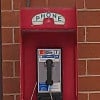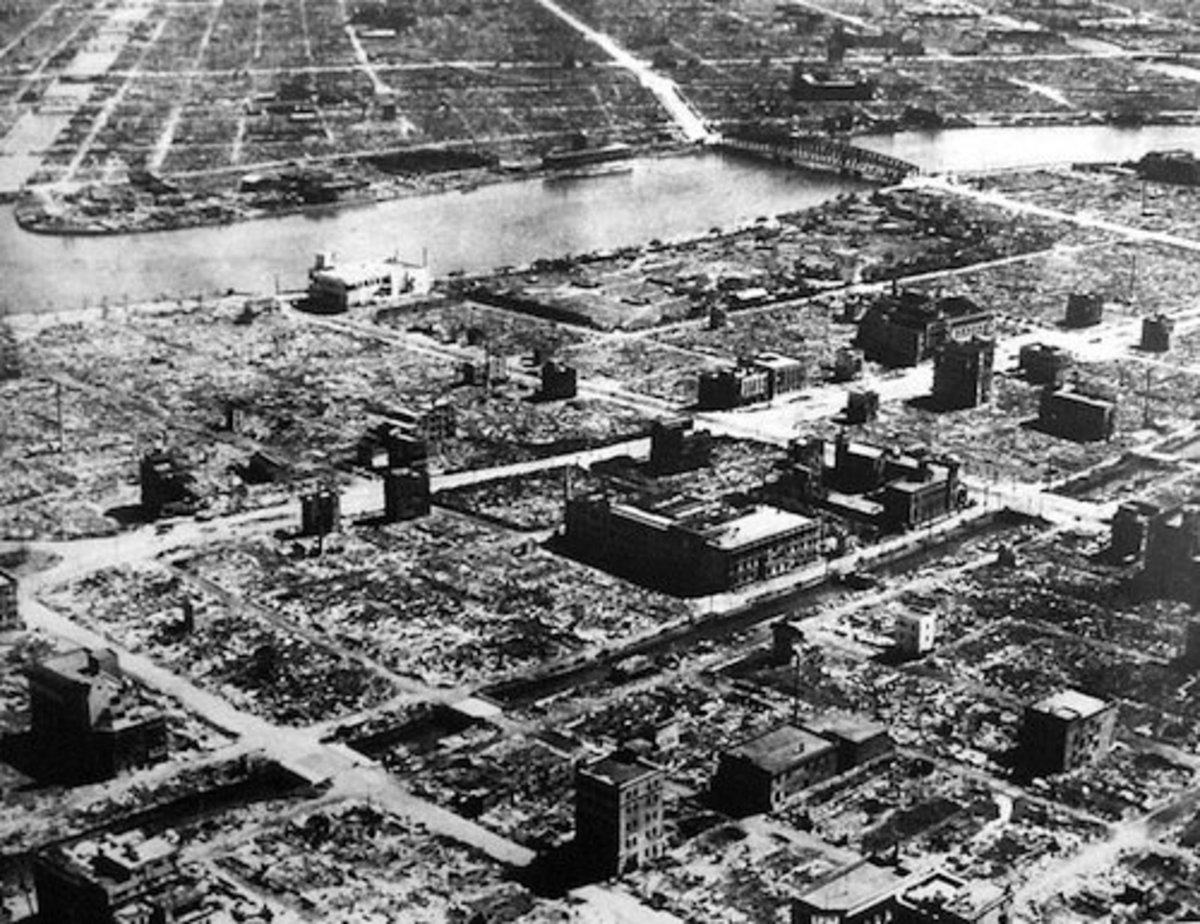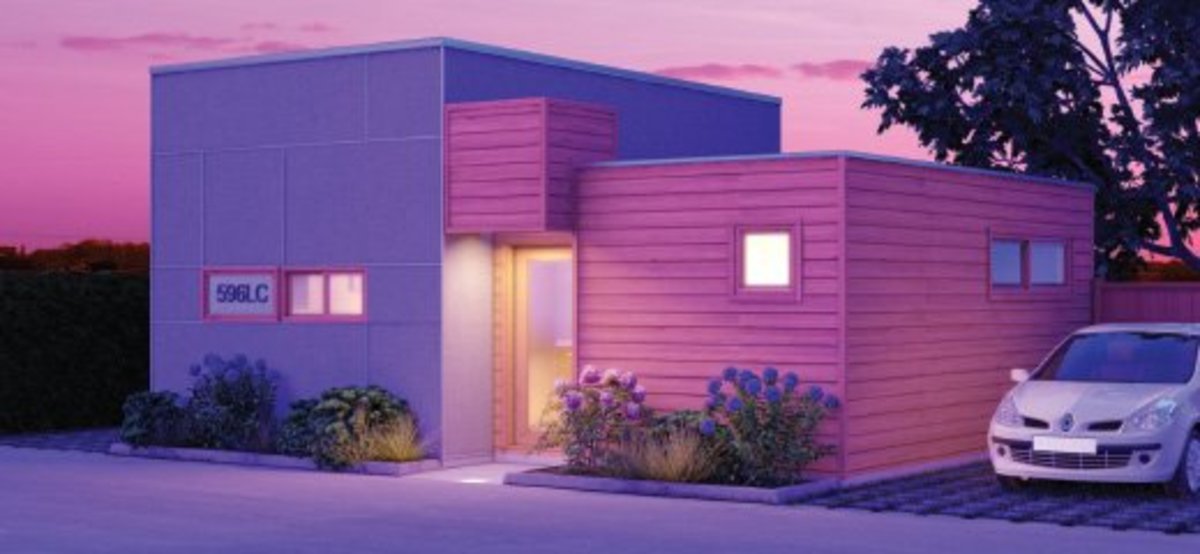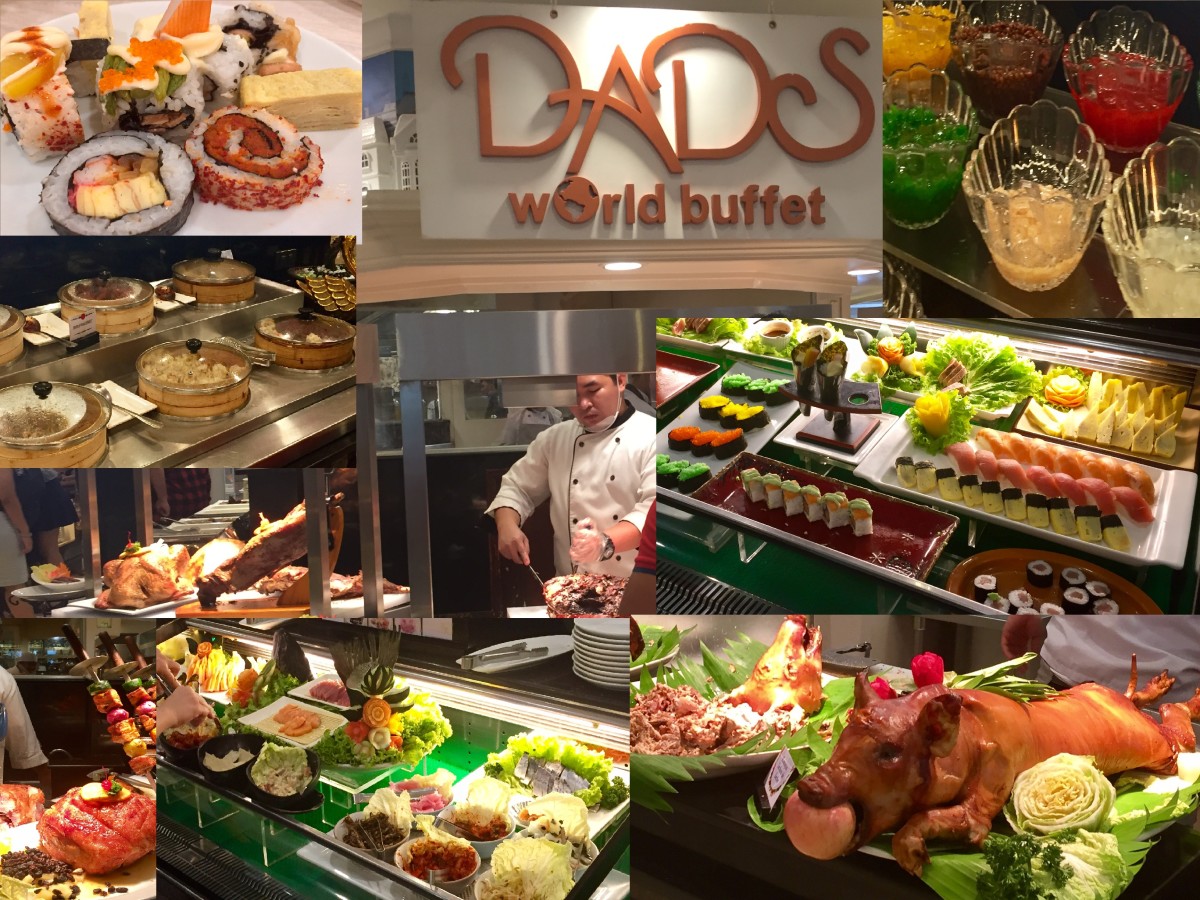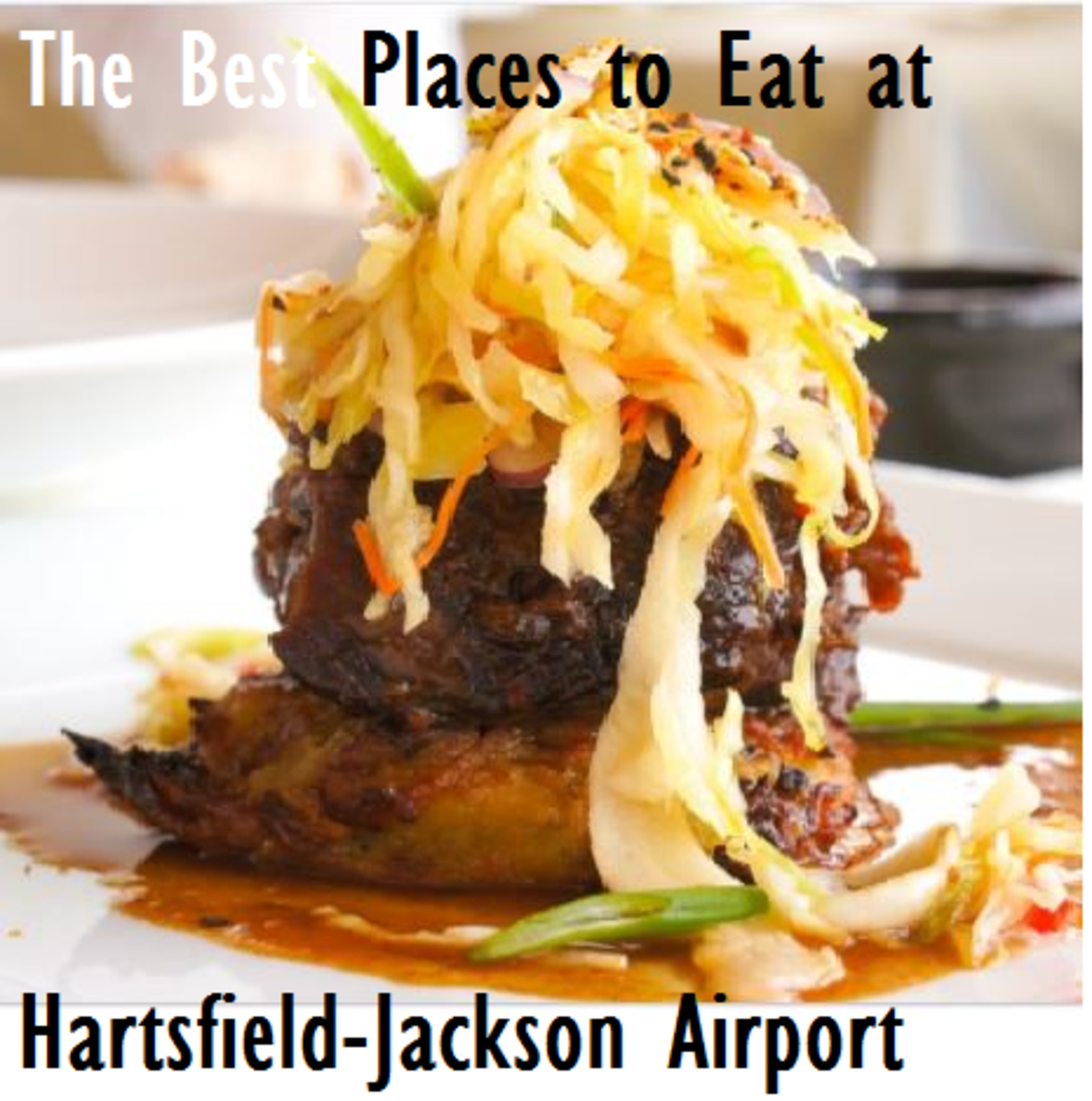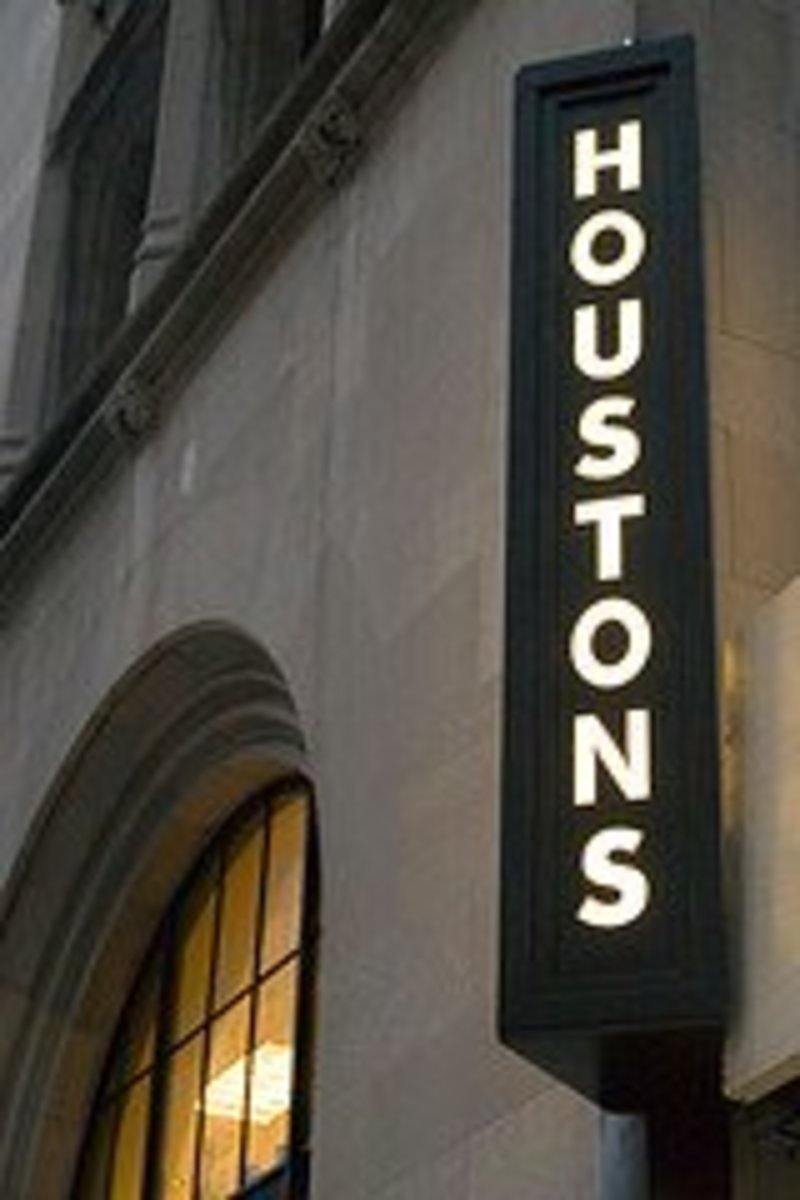Diner: America's Iconic American Restaurants with counters
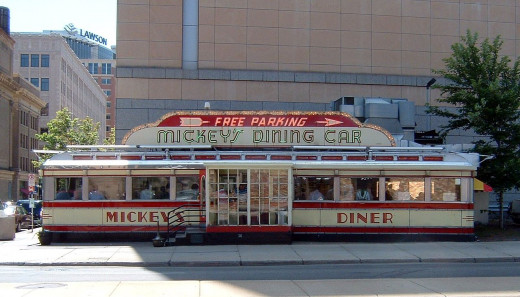
Back in the 1940’s and 1950’s the diner was a very common type of restaurant in many parts of the United States. To a large extent fast food has replaced the diner in our times but the lasting iconic appeal of the diner is reflected in a revival of diners since the 1970s. Most often, as I recall, they were conversions of such things as railroad cars, streetcars and other ready-made constructions. The standard diner is prefabricated much like today’s mobile homes. Wikipedia describes them as especially common to the Northeastern United States. Diners are also noted for American style food, casual atmosphere, a counter, and late operating hours. Stainless steel is an architectural feature of “Classic American Diners” according to Wikipedia. It is unique to diners. Recently I have been in cafes and restaurants that are trying to capture the ambience of the diner, often with a 1950‘s nostalgia theme. In Minneapolis, as well as other cities, there are diners that were there when I was a small boy.
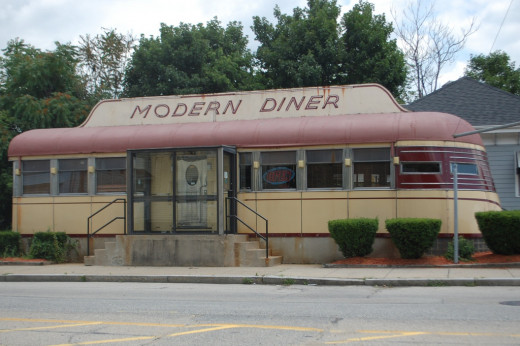
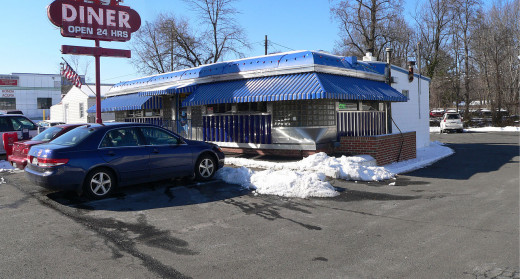
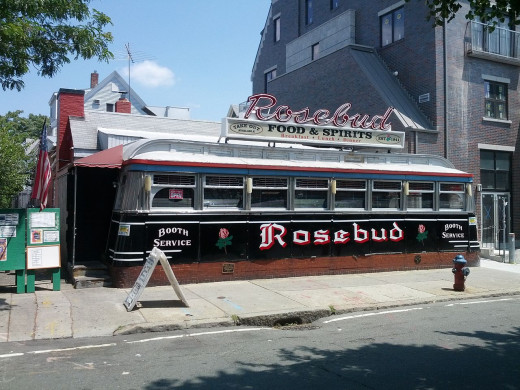
Diners Defined
According to the website for The American Diner Museum a true “diner” is prefabricated at an assembly site and transported to a permanent site and used to serve prepared food. Dictionary.com defines a diner as a railroad dining car or a restaurant designed to look like one. Manufacturers borrowed the style of the railroad cars. They usually have a counter, stools and food preparation space along the back wall. Especially those who could not afford a new building sometimes converted actual railroad cars and trolleys to diners. Some early diners were railroad dining cars retired from use as part of a train and set up nearby to the station.
The Revival
A new interest in the American diner began with a revival in the 1970‘s. Three diner builders began to make new diners in the style of the old ones. Additionally, new companies added to the retro trend. Denny’s chain and others started to take on the look of the diner. The trend spread to Europe and created business for American manufacturers. Many restaurants, and fast food places have 1950’s themes to satisfy the nostalgia trend. Many vintage diners have been kept from demolition and put on new sites in the United States and Europe.
Diner History
Providence, Rhode Island is accredited for the first known instance of a diner in 1872 with a horse-drawn wagon, which was equipped to serve hot food to the Providence Journal. An employee by the name of Walter Scott started out making sandwiches and coffee at home and selling them to other employees. It was popular enough that he started the lunch wagon. Commercial production of lunch wagons started in 1887, in Worcester, Massachusetts by Thomas Buckley who became known for his “White House Cafe” Wagons. A Charles Palmer got the first patent in 1891 for the diner and was active in building “fancy night cafes” and “night lunch wagons” until 1901.
The Worcester Lunch Car Company in 1906 shipped ‘diners’ all over the Eastern Seaboard. Manufactured lunch wagons with seating started in the later part of the 19th Century and were in the Northeast portion of the U.S. These served busy downtowns without having to buy expensive real estate.
Probably the diner took form when the Jerry O’Mahony Diner Company in Elizabeth N.J. built what some consider the first “diner.” In all the company made 2,000 diners starting in 1917 until 1952. According to Wikipedia about twenty of O’Mahony diners are still in the
U.S. and elsewhere.
Prefabricated buildings started to replace wagons as the need for more seating arose. Both the wagon and the prefab building were often made by the same manufacturers and allowed for quick set up of a food service.
Inexpensive food was one appeal the of diners. The policy of keeping the lunch wagons open longer than conventional restaurant hours also made them popular. The early lunch wagons were successful enough to inspire some persons manufacture and sell wagons. Along the way the wagons improved with features that allowed customers to stand inside out of the weather and in some there were stools to sit on at the counters. In New England in the late 19th Century in New England night lunch wagons started to be set up. Some were elaborate with such things as stained and etched glass windows, painted murals and fancy woodwork.
Can you be too popular?Lunch wagon vendors in some cities became so plentiful that many cities wanted to restrict them. As ordinances were passed to restrict the trade, especially the hours of operation, some owners put their wagons on semi-permanent locations in order to circumvent the law. By a fortunate coincidence horse drawn streetcars were being replaced with electric ones. Many vendors bought the streetcars and converted them. This was far cheaper than buying a new dining car. Whatever the case most owners were on tight budgets and often neglected maintenance, resulting in the diners getting the reputation of being “greasy spoons” and a hangout for undesirables.
To increase business and to attract the newly enfranchised women who had gotten the right to vote in the 1920’s owners decided to clean up their image. The added some landscaping, such as flowers and shrubs, offered booth service and repainted the diners. Some added the word “miss” to their names to help feminize and soften their image.
The manufacturers added innovations like indoor bathrooms, tables, longer length and designed counters to accommodate greater food selections. Most cars were similar even though from different manufactures, as they were all evolved versions of the early lunch wagons. Some companies offered credit and financing as well as fully equipped dining cars.
The manufacturers made an effort to improve the image of the diners with the railroad car look and the term “diner.” In the 1930’s the biggest change in style was the streamline modern style of the 1930’s. They fabricated modern materials into streamline forms to suggest speed and mobility to identify with the new, futuristic modes of the machine age.
Depression
By and large diners stayed in business during the depression because they offered inexpensive places to eat. As streetcars and interurban were replaced in the 1930’s and 1940’s with internal combustion buses, there was a new supply of trolley’s to convert to diners.
Demand for diners dramatically increased after the World War II. The service men were returning and the economy was shifting to a consumer-based production. Americans had money and were eager to spend it. New materials were available for diners, such as Formica, Naugahyde and terrazzo floors. With the population shifting to the suburbs the look of diners changed. New stylistic features included stainless steel exteriors and large windows to attract passing cars. On the inside were air conditioning, ventilation, and lighting. In the mid to late 1950’s design started to reflect the interest in space and rockets.
Fast FoodFast food establishment started to take away some of the diner market with affordable food for people on the go. The diner manufactures responded by marketing diner-restaurants wit Neoclassical, Tudor and Mediterranean styles. The added artificial stonework, dark stained wood, earthtone colors were used to replaced stainless steel, neon and bold colors.
SummaryThe diner is an iconic American restaurant, although they also enjoy popularity in some other countries. They are modeled after the dining cars on trains and the true diner is a prefabricated structure that is shipped and set up on site. Their predecessors were horse drawn wagons, which served food and the evolved to the prefab structure. At times railroad cars, streetcars and buses have been converted into diners. The fast food industry has been a threat to the diners but due to a revival in the 1970’s there is still a place for diners to continue as an American icon.
© 2011 Don A. Hoglund
